Supreme Court Issues Fresh Guidelines on Section 319 of the CrPC
- ByAdmin --
- 19 Jun 2025 --
- 0 Comments
The Supreme Court of India has recently issued important guidelines to clarify and streamline the use of Section 319 of the Code of Criminal Procedure (CrPC), 1973. This section enables courts to summon individuals who were not originally named as accused in a criminal case but are found, during the trial, to have played a role in the offence. The new directives are aimed at ensuring this provision is applied judiciously and fairly.
What is Section 319 of the CrPC?
Section 319 is a powerful tool in the hands of courts. It allows them to:
- Include a person in an ongoing trial if new evidence points to their involvement.
- Ensure that all individuals responsible for a crime face justice, even if they were missed during the initial investigation.
However, this provision is also fraught with challenges. Misuse or overreach could lead to harassment or derail a fair trial.
The Supreme Court’s Key Guidelines
To address these concerns, the Court has issued fresh guidelines that lay down clear boundaries for the use of Section 319:
1. Evidence Should Be Strong
- The Court highlighted that only clear and credible evidence can justify summoning someone under Section 319. Vague or weak evidence cannot be the basis for such action.
- The evidence must be strong enough to indicate a high likelihood of conviction.
2. Timing is Crucial
- Section 319 should be invoked at the earliest possible stage of the trial to avoid procedural complications and ensure fairness.
3. Exercise of Judicial Discretion
- This provision gives courts extraordinary powers, but they must exercise these powers cautiously.
- The Court emphasized the importance of recording detailed reasons for invoking Section 319 to maintain transparency.
4. Fair Hearing for the Summoned Individual
- Before summoning a person, courts must ensure they are given a fair opportunity to present their side. This aligns with the principles of natural justice.
5. Limits on the Use of Evidence
- Statements made by co-accused cannot be the sole basis for summoning someone under Section 319. Evidence must be independent and reliable.
6. Clarity on Application During Trial
- The guidelines clarify that Section 319 applies during both inquiry and trial stages but cannot be used during committal proceedings by Sessions Courts.
Background: Previous Judicial Interpretations
The Supreme Court’s fresh guidelines build on earlier landmark rulings that shaped the interpretation of Section 319:
- Hardeep Singh v. State of Punjab (2014)
- The Court established that Section 319 must be used sparingly and only when evidence is compelling.
- The Court established that Section 319 must be used sparingly and only when evidence is compelling.
- Sarabjit Singh v. State of Punjab (2009)
- It clarified that invoking Section 319 is not automatic and requires judicial assessment of the evidence.
- It clarified that invoking Section 319 is not automatic and requires judicial assessment of the evidence.
- Michael Machado v. Central Bureau of Investigation (2000)
- This judgment stressed the need for careful consideration before summoning additional accused.
Legal and Constitutional Context
Relevant Provisions of CrPC
- Section 319: Allows courts to proceed against individuals not named as accused if evidence suggests their guilt.
- Section 161 & 162: Govern the collection and admissibility of witness statements during police investigation.
Constitutional Safeguards
- Article 21: Protects the right to life and personal liberty, ensuring fair trial practices.
- Article 20(3): Safeguards against self-incrimination.
Impact of the Guidelines
The Supreme Court’s directives have far-reaching implications for criminal trials. Here’s what they aim to achieve:
- Preventing Misuse: By emphasizing strong evidence, the guidelines reduce the risk of frivolous or malicious summoning.
- Efficiency in Trials: Clear timelines ensure that trials remain focused and fair.
- Balancing Interests: The guidelines protect the rights of those being summoned while ensuring that justice is served.
Conclusion
The Supreme Court’s fresh guidelines on Section 319 CrPC underscore the importance of balancing judicial discretion with fairness. These measures aim to prevent misuse of the provision while ensuring that no guilty person escapes justice. By emphasizing rigorous evidence standards and procedural safeguards, the Court has reinforced its commitment to upholding the rule of law and protecting individual rights. These guidelines will serve as a valuable reference for courts, investigators, and legal practitioners in the years to come.

























































































































































































































































































































































































































































































































































































































































































































































































































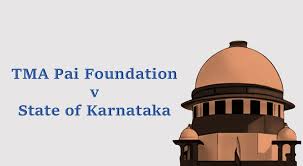


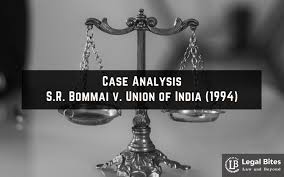








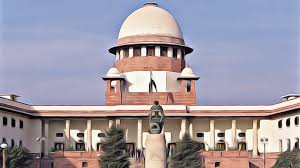

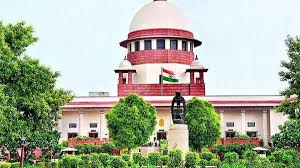









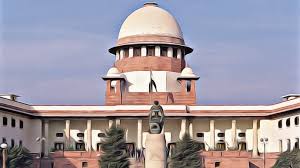




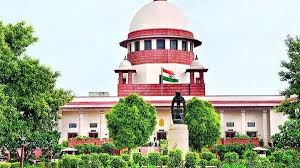








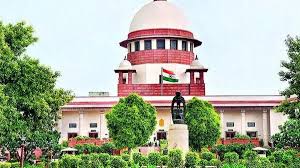
















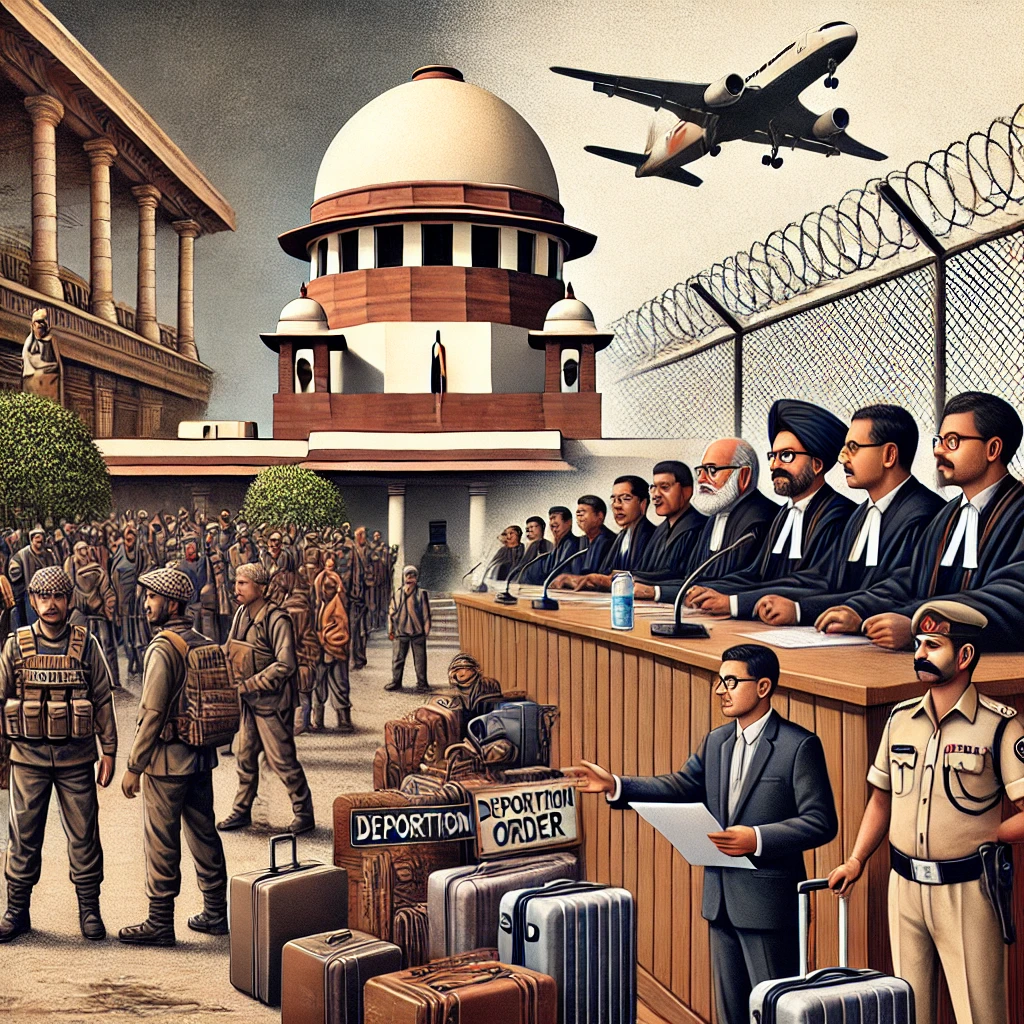
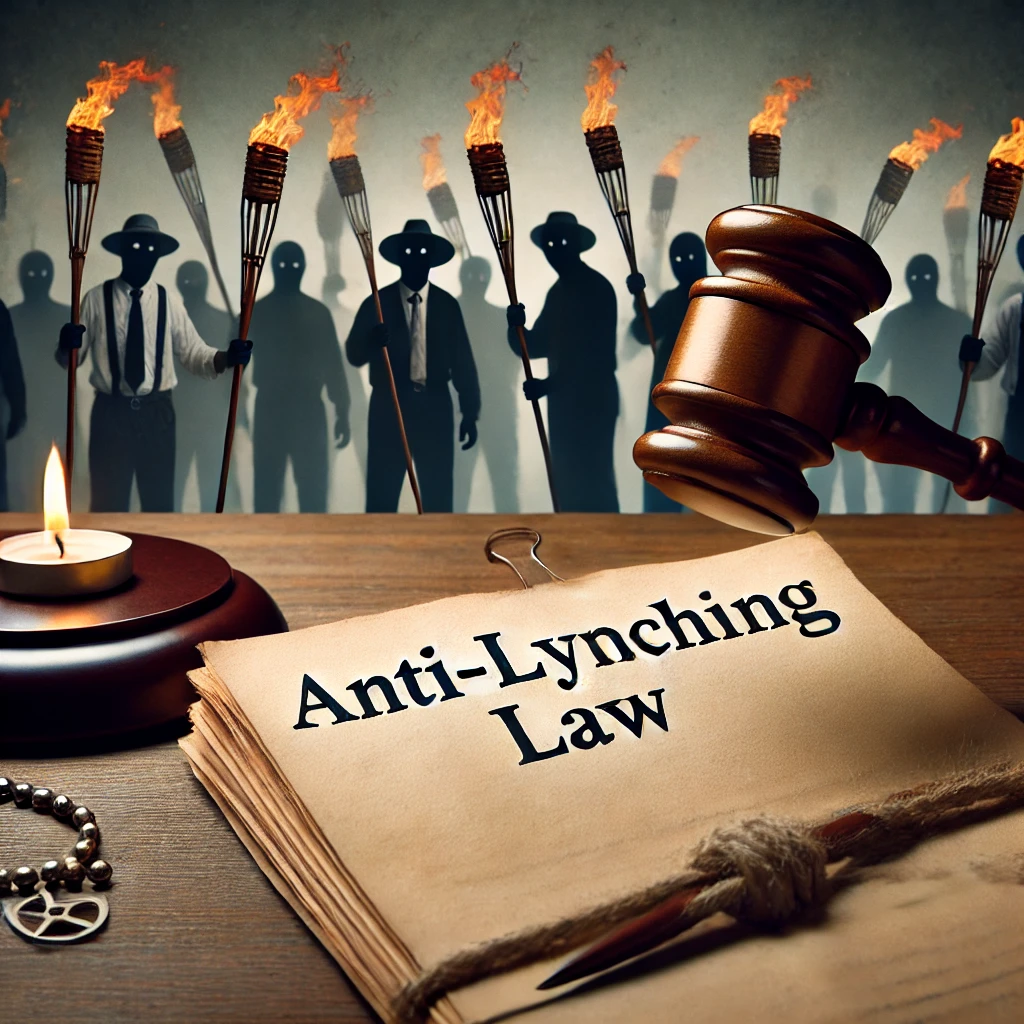



















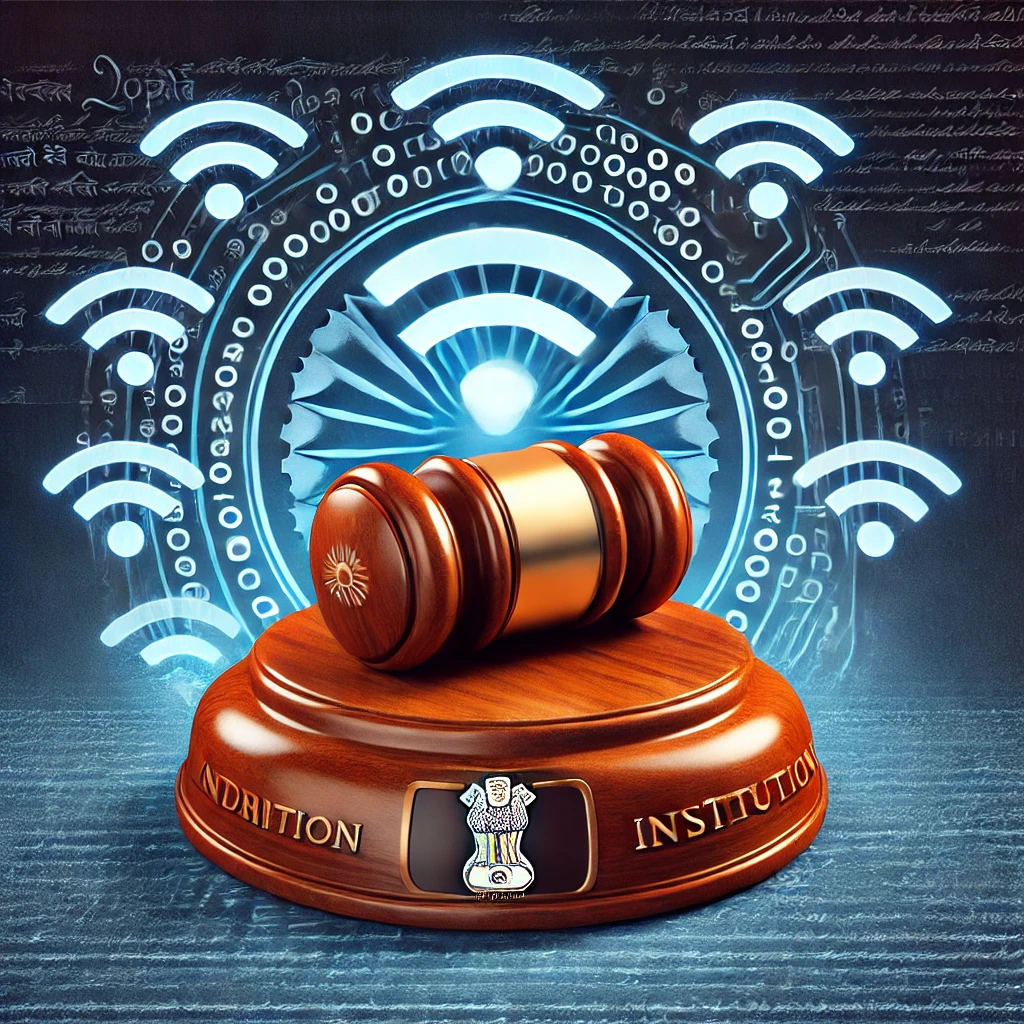
















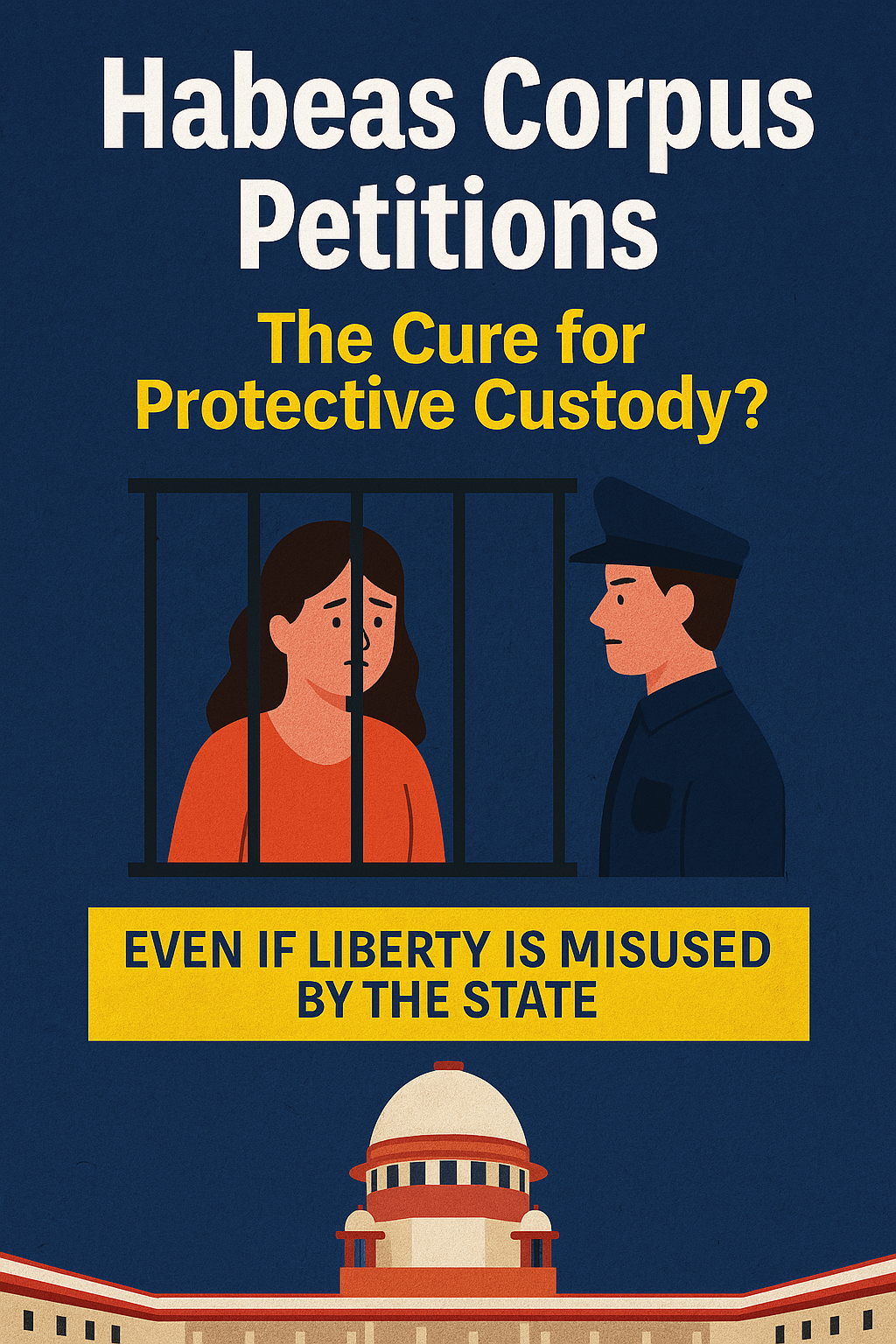









0 comments